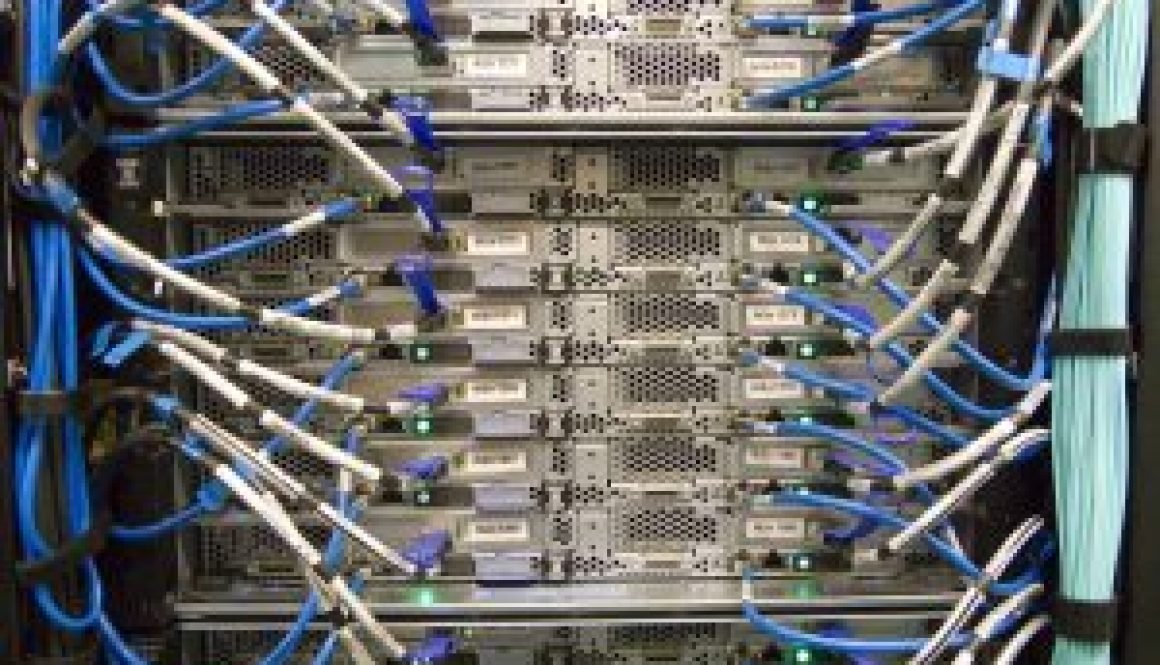History and Development of 10G Ethernet
10G Ethernet, With the development of computerization and network technology, especially the rapid development of bandwidth applications, network data interaction is becoming more frequent and complex, and users’ requirements for Ethernet bandwidth are increasing day by day. The speed of 100/1000M in the past has begun to drag User experience, Ethernet technology is the most widely used network technology in computer networks, with the characteristics of simple structure, flexible configuration, and good compatibility, thus replacing other LAN technologies such as ATM, Token Ring, and Token Bus, and has become The most widely used LAN standard. After years of development, the application field has expanded from the initial local area network to the wide area network, and the communication rate has increased from the initial 2.94Mbps to today’s 10Gbps. The development process of Ethernet technology represents the development track of the information society.
Ethernet technology
In 1973, Xerox Laboratories proposed and implemented Ethernet technology, and the initial communication rate was only 2.94Mbps. It opened a precedent for the application of Ethernet technology to local area networks. In 1983, IEEE proposed a 10M Ethernet protocol specification based on thick coaxial cable transmission—IEEE802.3 protocol, and then proposed 10M Ethernet standards for thin coaxial cable and unshielded twisted pair in 1986 and 1991, respectively. , which further promotes the application of Ethernet in LAN. In 1995, IEEE passed the 802.3u standard, and the Ethernet bandwidth can reach 100Mbps, which is a high-speed local area network technology. Because 100M Ethernet technology can be applied to various transmission media, such as copper wire, cable and optical fiber, etc., and has extensive software and hardware support, it becomes the first choice for the construction of MAN. In 1995 and 1998, the Gigabit Ethernet standards IEEE802.3z and IEEE802.3ab came out one after another, which not only greatly improved the transmission rate of the slave Ethernet, but also had the characteristics of simplicity, reliability, and economy, making it fast It becomes a local backbone network and a metropolitan backbone network with high performance and cost performance, enabling the development of many applications that require commercial bandwidth, such as video calls and virtual e-commerce.
With the emergence of clear video and high-speed bandwidth interfaces, especially the popularization of bandwidth applications in campus and enterprise networks, such as video conferencing, digital libraries, and distance teaching, the demand for improving network bandwidth is increasing. Gigabit Ethernet It cannot meet the bandwidth and transmission distance requirements of the metropolitan backbone network. When there was a dispute in the industry about whether to continue to develop Ethernet as the backbone network of LAN and MAN, the rise and development of 10G Ethernet technology solved the bottleneck of bandwidth and transmission distance and consolidated the leading position of the network in LAN applications. Status and its related technologies are still hot issues in the field of Ethernet research.
The 10G Ethernet standardization IEEE802.3ae passed in July 2002 proposed a 10G Ethernet based on optical fiber transmission, a bandwidth of 10Gbps, and a transmission distance of up to 40km, which greatly broadened the application prospects and development space of Ethernet. 10G Ethernet adopts the same appearance interface as Gigabit Ethernet but obtains 10 times the bandwidth of the latter. The application of 10G Ethernet technology in the backbone network and even the user access network will become increasingly widespread.

